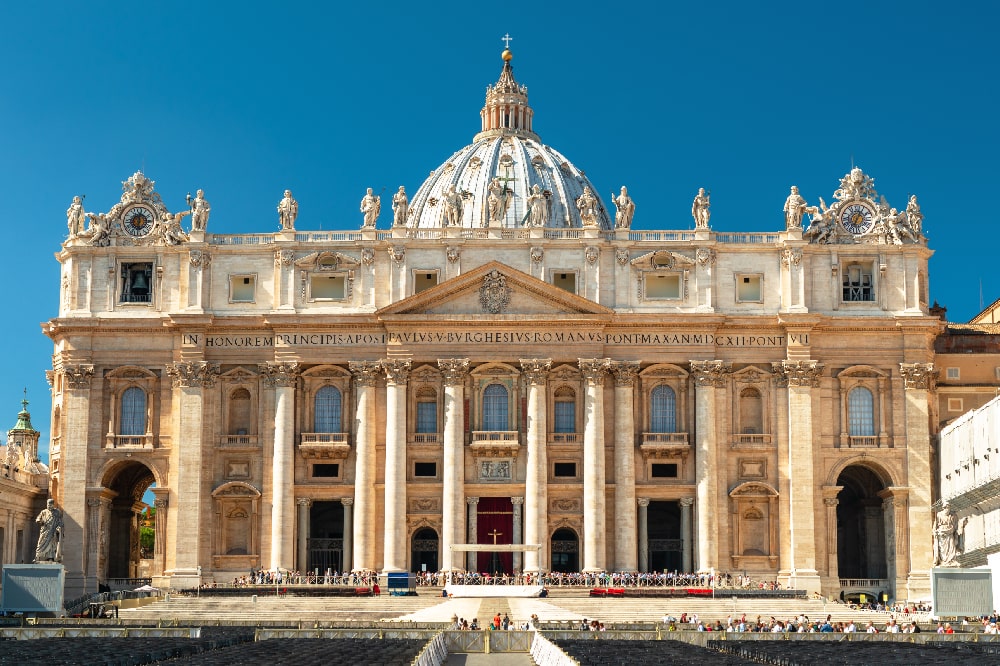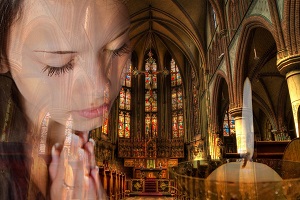The tomb of St. Peter in Rome has always been considered one of the sacred places par excellence of Christianity.
Simon, called Peter, was the head of the twelve apostles by the will of Jesus himself, designated by him as the head and founder of the Church. The preaching of the Word led him through many lands, to Rome, where he experienced martyrdom under Emperor Nero and where he was buried. The tomb of Saint Peter was from the beginning the heart of a passionate cult by the first Christians. The presence of the remains of such an important apostle in Rome has always been a source of great pride and fervour on the part of the faithful. In the same way, it was for the remains of Saint Paul, who was immediately associated with Saint Peter, and who even shares the same feast with him on 29 June. It is always fascinating to dwell on how two men so different in history and vocation are associated in the heart and spirituality of Christians, as bastions of faith and symbols of the Catholic Church itself.
As for the tomb of Saint Peter, it has over time become a spiritual point of reference for Christians all over the world, comparable to the Basilica of the Holy Sepulchre in Jerusalem, the place where Jesus died and was buried. Today those who visit the Vatican Basilica can admire the imposing Canopy of Saint Peter, one of the most surprising monuments of Baroque art, which rises above the tomb of the Saint and the high altar erected by Clement VIII, above which stands the majestic dome of Michelangelo. But it wasn’t always like that.

History of Saint Peter’s Baldachin
Saint Peter’s Baldachin is one of the most spectacular monuments we can admire inside Saint Peter’s Basilica. What is it? Who made it?
Archaeological excavations
Originally the remains of the Saint were placed in a tomb dug into the earth, not far from the place of his martyrdom: the circus of Nero, the sumptuous gardens where the Emperor inflicted unmentionable torments on Christians. If originally the tomb of the Saint was marked by a simple votive shrine, the so-called Trophy of Gaius, soon it was given the right honours, first with the construction around it of a monument by the will of Emperor Constantine, a parallelepiped three meters high in marble and porphyry; then, in 320, an imposing basilica intended to enclose as a casket the precious remains, designed so that the tomb of Saint Peter coincided with the high altar.
Over the centuries and the succession of Emperors and Popes, the tomb of Saint Peter has been incorporated into increasingly sumptuous altars, which only the archaeological excavations in the middle of 1900 have revealed, layer by layer. After the monument wanted by Constantine, came that of Gregory the Great, in turn, enclosed in the altar wanted by Callisto II. What we see today under the dome of Michelangelo dates back to 1594, and was built by the will of Clement VIII, but in the meantime, the entire basilica had been demolished and rebuilt by the will of Pope Julius II. This is how St Peter’s Basilica was born, which we all know and admire. The most interesting aspect for Christians is the centrality that the tomb of Saint Peter has maintained in all these architectural upheavals.
Speaking of the archaeological excavations that led to the discovery of the various evolutions of the tomb of Saint Peter, they began in 1939, following an accidental collapse that revealed under the floor of the caves next to the altar of Saint Peter an ancient Roman mortuary. The then Pope Pius XII was aware of the fact that an ancient document kept in the Vatican Library, the Book of the Popes, described the burial place of Saint Peter, and had the excavations carried out in great secrecy. They brought to light many pagan tombs, statues and finally a tomb decorated with Christian images. Continuing to discover the past, archaeologists found the aforementioned altars and finally a red-painted wall against which the funeral aedicule, the Trophy of Gaius, had been erected.

Saint Peter and Paul, why are they celebrated together?
On June 29, Saint Peter and Paul are celebrated. Two apostles, two very different men, both fundamental to the history of the Church.
Controversies over the tomb of Saint Peter
At first, the researchers had no certainty that this was the tomb of Saint Peter. His name didn’t appear, and no remains were found.
Then Margherita Guarducci, epigrapher and archaeologist, managed to decipher the graffiti apparently incomprehensible on the wall that was supported by the primitive shrine erected as a funeral monument. So he discovered that the name of Saint Peter constantly recurred in those writings, and recognized in particular two inscriptions: “Near Peter” and “Peter is here“. Investigating, he learned that the workers had previously found a burial site dug into the wall and lined with marble, from which human bones had been removed. It was, as confirmed by subsequent analysis, the very relics of Saint Peter, transferred by the will of Constantine from the tomb dug into the ground to this more appropriate location.
Although in 1965 the Vatican had published the results of Guarducci’s investigations, bitter controversies continued to divide religious and scholars about the remains of Saint Peter, so much so that the bones were at some point removed from the locus in the Graffiti Wall. Only on December 5, 2013, Pope Francis made them put back in their rightful place after the careful revision wanted by Pope Benedict XVI, which confirmed what was discovered by Margherita Guarducci. That really was Saint Peter’s grave.
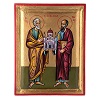

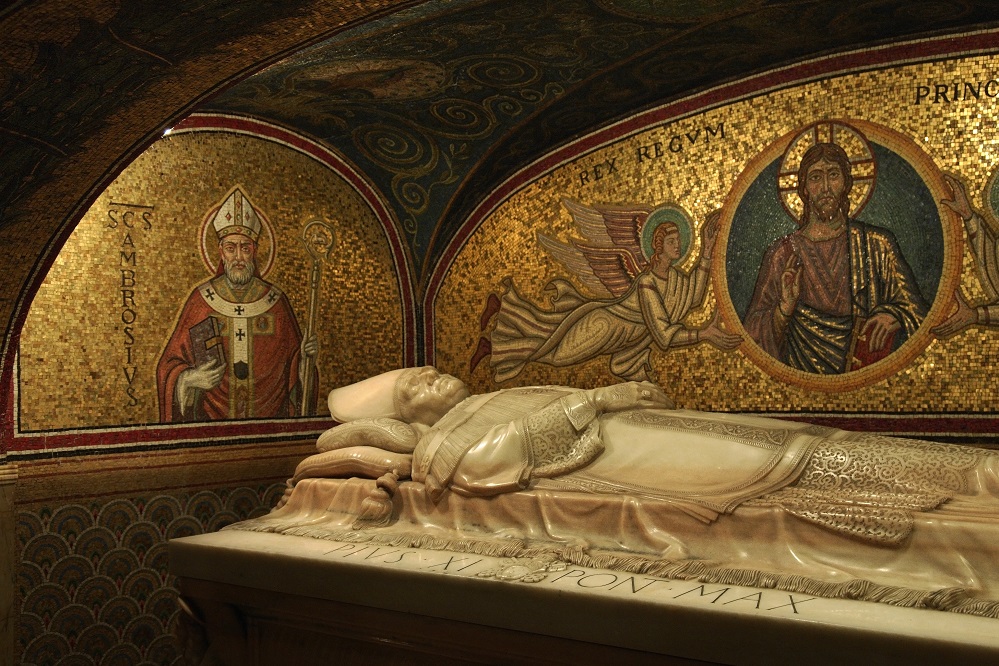
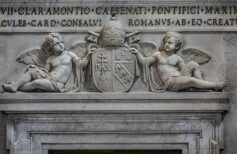

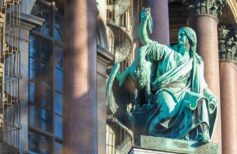
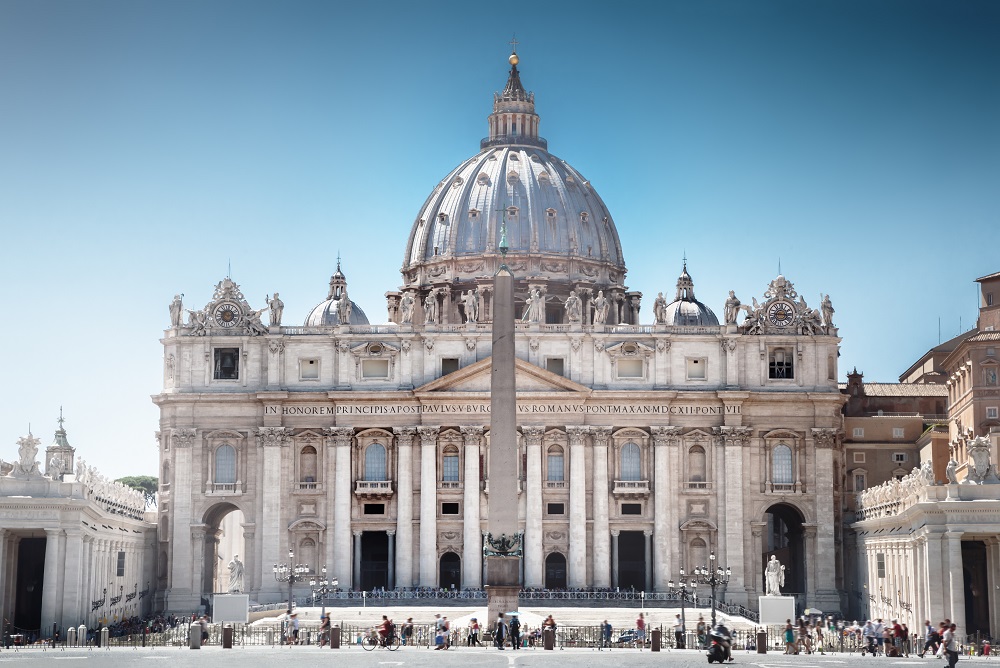

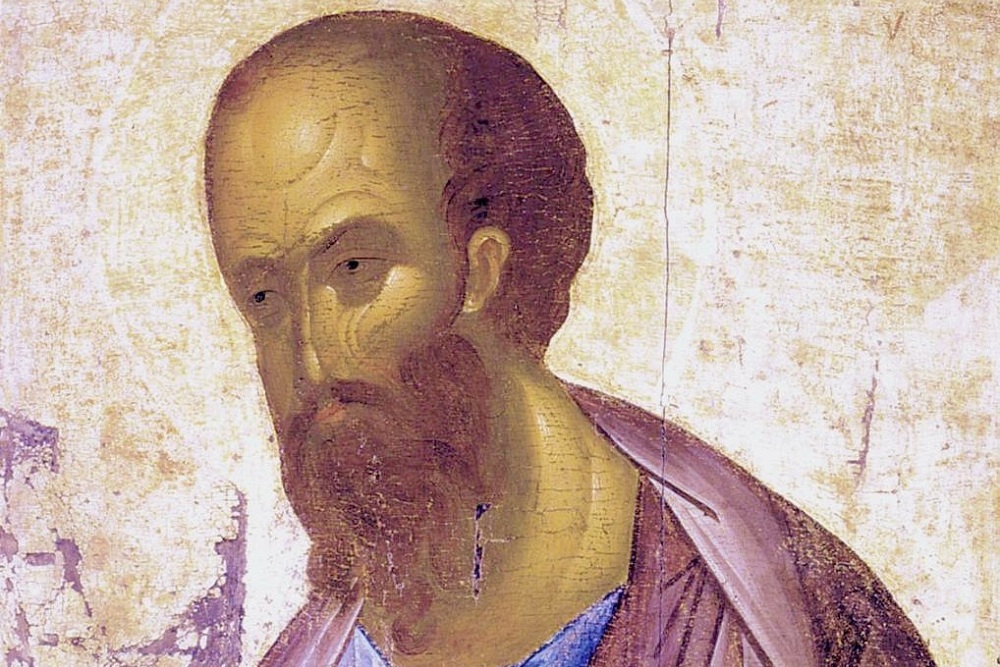
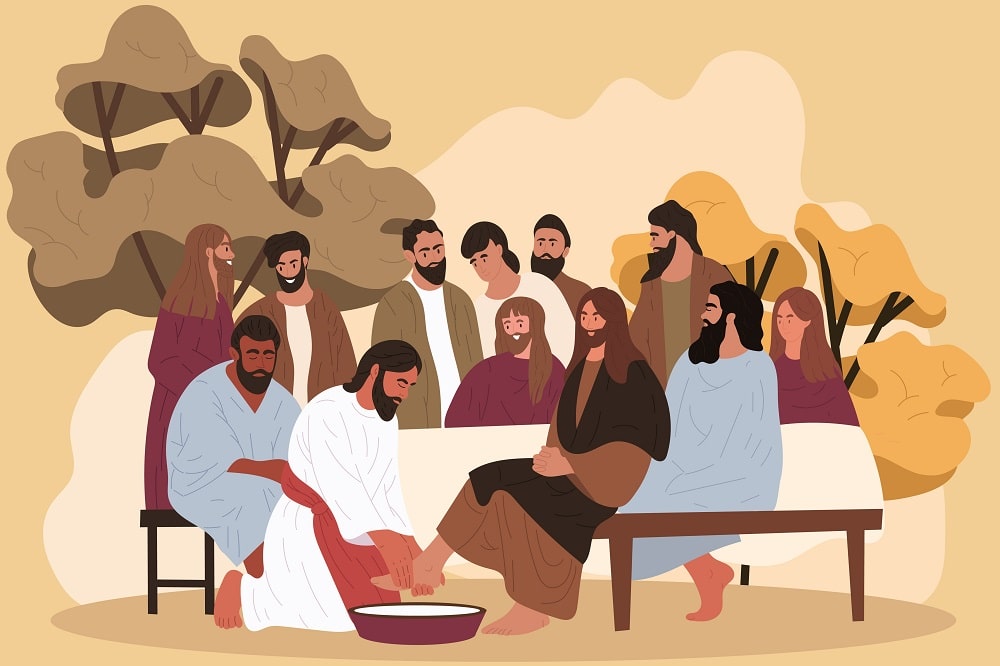
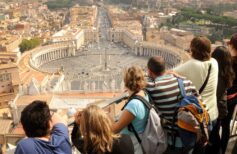
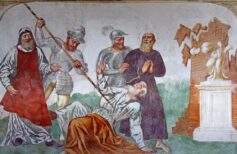








 25 August 2025
25 August 2025

